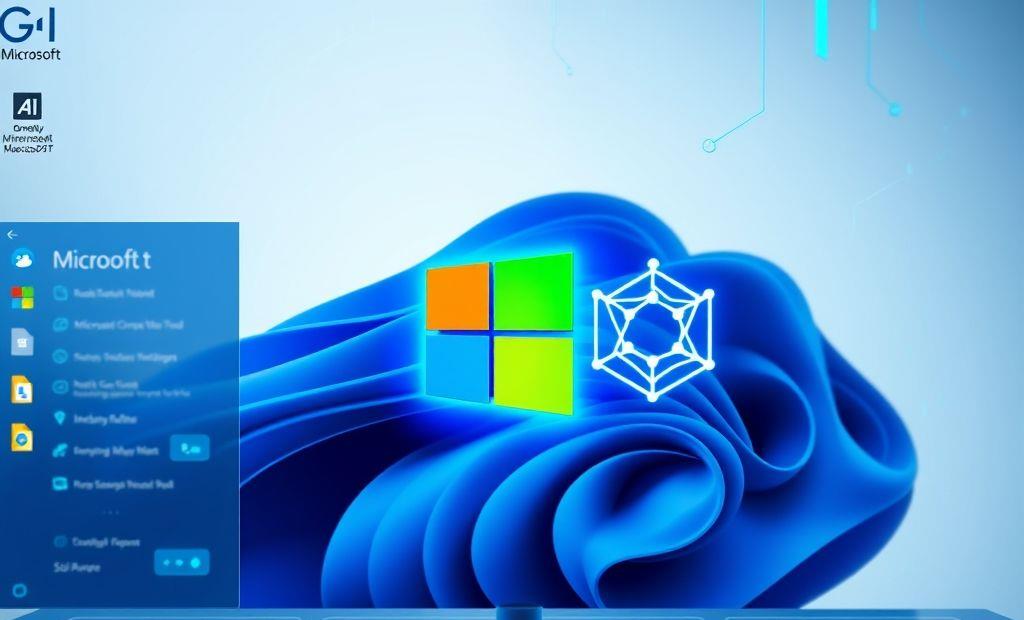Microsoft Empowers Windows with OpenAI’s Tiny Model

Microsoft Integrates OpenAI’s Smallest Model into Windows Microsoft is bringing the power of AI closer to Windows users. They’ve integrated OpenAI’s smallest open model directly...
⏱️ Estimated reading time: 2 min
Latest News
Microsoft Integrates OpenAI’s Smallest Model into Windows
Microsoft is bringing the power of AI closer to Windows users. They’ve integrated OpenAI’s smallest open model directly into the operating system, paving the way for innovative on-device AI experiences. This move democratizes access to AI, putting powerful tools in the hands of everyday users and developers.
On-Device AI Processing
By incorporating a lightweight AI model, Microsoft allows certain AI tasks to be processed locally on the device, rather than relying on cloud servers. This offers several advantages:
- Reduced Latency: Faster response times as data doesn’t need to travel to remote servers.
- Enhanced Privacy: Sensitive data remains on the user’s device.
- Offline Functionality: AI features can still function even without an internet connection.
Potential Applications
The integration of OpenAI’s model opens up a wide range of possibilities for Windows users. Some potential applications include:
- Improved Accessibility: Real-time transcription and translation services.
- Smart Suggestions: Context-aware suggestions within applications.
- Enhanced Productivity: Automated task completion and intelligent search capabilities.
Impact on Developers
This development will significantly impact developers, enabling them to create more intelligent and responsive Windows applications. Developers can leverage the on-device AI processing capabilities to build innovative features without the need for constant cloud connectivity. This is a crucial step toward more efficient and user-friendly AI applications. You can explore more about OpenAI API.
Future Developments
Microsoft’s integration of OpenAI’s model signals a broader trend toward edge computing and on-device AI. We can anticipate seeing further advancements in this area, with more powerful and efficient AI models being deployed directly on user devices. These advancements promise to revolutionize how we interact with technology and unlock new possibilities for innovation.
Related Posts
Bluesky Enhances Moderation for Transparency, Better Tracking
Bluesky Updates Moderation Policies for Enhanced Transparency Bluesky, the decentralized social network aiming to compete...
December 11, 2025

Google Maps: Gemini Tips, EV Charger Predictions & More!
Google Maps Gets Smarter: Gemini Tips & EV Updates Google Maps is enhancing user experience...
December 9, 2025

US, UK, Australia Sanction Russian Web Host
Crackdown on Russian ‘Bulletproof’ Web Host The United States, United Kingdom, and Australia have jointly...
December 6, 2025











Leave a Reply